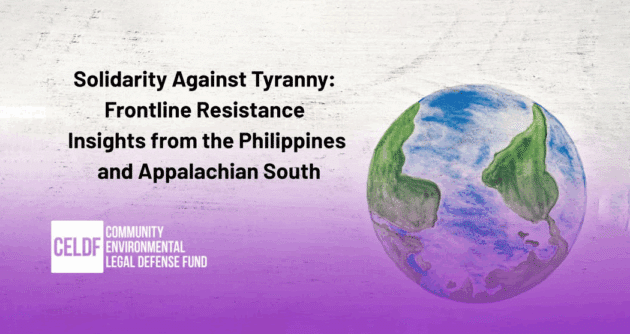Feature Image: A small town glows beneath a starry sky. (harpazo_hope / Getty Images)
Carlyn Zwarenstein writes about science for Salon. She reached out to get a Rights of Nature perspective from CELDF’s Education Director, Ben Price.
But voluntary standards for light pollution, like voluntary standards for much else where profit and community or ecosystem well-being might be at odds, have a habit of failing to meet the need, of being inconsistently applied, and of simply being ignored. In fact, Ben Price, director of education at the Community Environmental Legal Defence Fund, which assisted in establishment of the world’s first community rights of nature legislation, notes that the establishment of minimum protected areas tends to be supported or even promoted by the corporations that cause greatest environmental harm, effectively maximizing the amount of harm that can be done everywhere else.
The federal Clean Air and Clean Water acts, and similar state laws, likewise set out in law just how much degradation or destruction of the natural world corporations or others can get away with. Partly as a result, environmental damage is far, far worse and natural habitats are far smaller and more fragmented than they were half a century ago, before these pieces of legislation existed.


